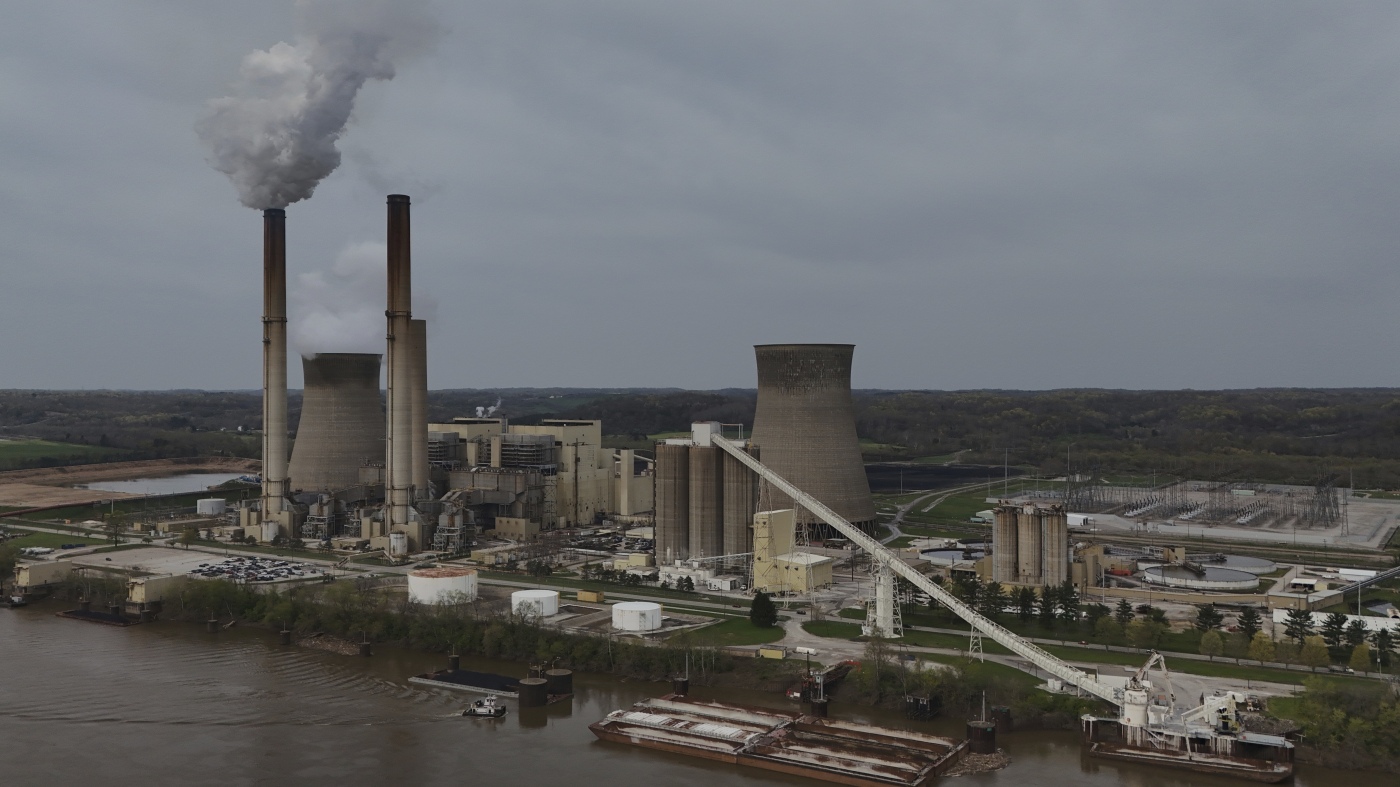Unpacking the Trump EPA’s Repeal of Climate Pollution Limits on Power Plants
The Environmental Protection Agency’s (EPA) recent move to roll back Biden-era regulations targeting emissions from fossil fuel power plants has ignited intense debate. These changes not only reshape America’s climate policy landscape but also raise pressing questions about environmental health, economic growth, and the nation’s climate responsibilities. Exploring these shifts reveals a complex interplay of scientific evidence, political will, and economic interests.
Understanding the Rollback’s Core: What’s Changing?
At the heart of this policy flip is the proposed repeal of limits on carbon dioxide (CO2) emissions and other pollutants from coal and natural gas power plants. Previously, under stricter Biden-era rules, power plants faced federal caps designed to reduce their greenhouse gas footprint—key to curbing global warming contributions from a major pollution source. Beyond carbon, these rules also tightened controls on hazardous substances like mercury and particulate matter, recognized for their health dangers.
EPA leadership defends the rollback on the grounds that these regulations impose overwhelming costs on energy producers and the broader economy. By rescinding these standards, they claim, the energy sector can operate with fewer constraints, promoting more robust output and job preservation. However, a striking aspect of this rationale is the dismissal of fossil fuel emissions’ significant role in accelerating climate change, a viewpoint at odds with overwhelming scientific data.
In practical terms, the rollback would mean higher allowable emissions per power plant, reopening the door to greater atmospheric pollution and potentially deteriorating air quality, with consequences felt especially in nearby communities.
Science in Conflict: Data vs. Deregulation
The EPA’s position diverges sharply from established climate science. Research consistently shows that greenhouse gases—chiefly CO2 from fossil fuel combustion—drive global temperature increases. To stay within the internationally acknowledged 1.5°C warming threshold, deep cuts in emissions from power plants are essential.
Simultaneously, airborne toxins like mercury and fine particulates adversely affect human health, contributing to respiratory illnesses and cognitive impairments. Vulnerable populations, including children, the elderly, and marginalized communities living close to power plants, bear disproportionate risks. Rolling back emissions limits jeopardizes advances in public health protections.
The scientific consensus behind these findings reflects decades of research and underpins goals in global climate accords. The EPA’s rollback challenges these foundations, raising concerns about regressing on climate commitments and public health safeguards.
Economic Arguments: Short-Term Gains, Long-Term Risks
Advocates within fossil fuel sectors celebrate the repeal as a win for American industry. They argue relaxed regulations will reduce compliance costs, lower electricity prices, and sustain jobs tied to coal and gas. From this vantage point, regulatory relief promises economic revitalization, positioning the U.S. as an energy leader unfettered by environmental constraints.
Yet, this perspective omits the broader economic calculus. Climate change’s escalating costs—from extreme weather damage to health-related expenditures—threaten economic stability. Ignoring these externalities risks greater financial burden down the line. Furthermore, the energy sector is in transition; renewables like solar and wind are rapidly becoming cost-effective alternatives. Curtailing emission standards could hinder this shift, causing the U.S. to fall behind in a global race toward sustainable energy economies.
Environmental and Public Health Fallout
The environmental implications of repealing emissions limits are both immediate and systemic. Elevated greenhouse gas outputs intensify climate disruptions: hotter heatwaves, more severe storms, rising sea levels, and fragile ecosystems struggling to adapt. Locally, increased pollutant releases from power plants mean poorer air quality, raising incidences of asthma, heart disease, and neurological issues.
Alarmingly, this rollback is likely to worsen environmental injustice. Low-income and minority communities historically endure higher pollution exposure. Weakening regulations compounds their vulnerabilities, exacerbating health disparities and environmental neglect.
Navigating Legal and Political Crosscurrents
The rollback will almost certainly attract legal challenges from states, environmental organizations, and advocacy groups aiming to uphold or strengthen climate protections. Litigation may test the limits of regulatory authority and environmental law, potentially shaping future climate governance.
Politically, this action exposes deep fissures in U.S. climate policy dialogue. The clash centers on competing visions: prioritizing deregulation and fossil fuel interests versus enforcing environmental stewardship and sustainable progress. It signals a retreat from proactive climate mitigation, complicating the nation’s international role and long-term environmental strategy.
Conclusion: Balancing Today’s Decisions with Tomorrow’s Legacy
The Trump EPA’s proposed repeal of climate pollution limits on power plants presents a crossroads where economic ambitions confront scientific realities and public health imperatives. While deregulation promises immediate relief for certain industries and short-term economic lift, it risks sowing seeds of environmental degradation and health crises that will unfold for decades.
Reconciling these competing demands calls for careful consideration of both empirical evidence and societal values. How the United States chooses to navigate this regulatory pivot will profoundly shape its environmental legacy, public well-being, and global standing in the fight against climate change.

